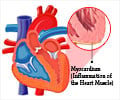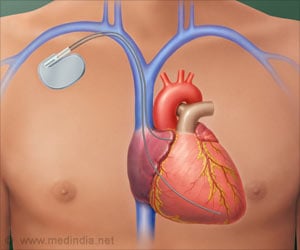Your waist size is a stronger predictor of heart disease than body mass index (BMI). So, measure your waist size, not BMI to calculate the risk of coronary artery disease (CAD), suggests a new study.

‘Your waist size is a stronger predictor of heart disease than body mass index (BMI). So, measure your waist size, not BMI to calculate the risk of coronary artery disease (CAD).’
Read More..




Because CAD remains the leading cause of death worldwide, there is tremendous attention given to its modifiable risk factors. Estrogen protects women's cardiovascular systems before menopause, which helps explain why the incidence of CAD in premenopausal women is lower than in men. However, as women's estrogen levels decline during and after menopause, the incidence of CAD in postmenopausal women outpaces similarly aged men.Read More..
Obesity has long been known as a risk factor for CAD because it causes endothelial cell dysfunction, insulin resistance, and coronary atherosclerosis, among other problems. It also is often accompanied by other cardiovascular risk factors, such as hypertension and diabetes. In the past, it has been suggested that overall obesity (which is often defined by BMI) is a primary risk factor. Few studies have attempted to compare the effect of overall obesity versus central obesity, which is typically described by waist circumference and/or waist-to-hip ratio.
The results of this new study of nearly 700 Korean women, however, demonstrated that the presence of obstructive CAD was significantly higher in women with central obesity. No significant difference was identified based on BMI, indicating that overall obesity was not a risk factor for obstructive CAD. These results are especially relevant for postmenopausal women because menopause causes a change in body fat distribution, especially in the abdominal area.
Findings were published in the article "Association between obesity type and obstructive cardiovascular disease in stable symptomatic postmenopausal women: data from the KoRean wOmen'S chest pain rEgistry (KoROSE).
"The findings of this study are consistent with what we know about the detrimental effects of central obesity. Not all fat is the same, and central obesity is particularly dangerous because it is associated with risk for heart disease, the number one killer of women. Identifying women with excess abdominal fat, even with a normal BMI, is important so that lifestyle interventions can be implemented," says Dr. Stephanie Faubion, NAMS medical director.
Advertisement















